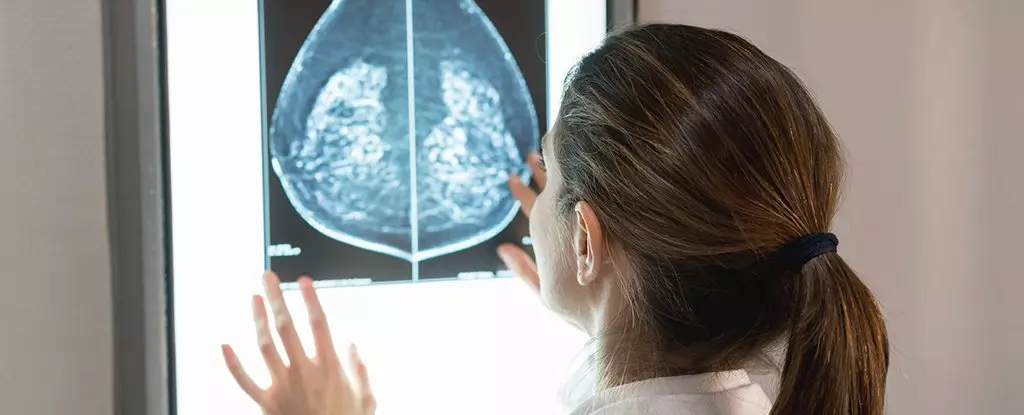Breast cancer continues to be a significant public health concern in the United States, particularly as new data reveals troubling trends, notably among younger women and Asian American populations. According to a recent report by the American Cancer Society, the incidence of breast cancer has been increasing at a rate of one percent annually from 2012 to 2021, despite a significant decline in mortality rates during the same period. While advancements in medical treatment and early detection have led to a marked reduction in breast cancer death rates, which decreased by 44% from 1989 to 2022, the disparity in outcomes among different demographic groups highlights ongoing challenges in addressing this critical health issue.
Breast cancer is the second most commonly diagnosed cancer among women in the United States and holds the position as the second leading cause of cancer-related deaths, trailing only lung cancer. Current estimates suggest that approximately one in eight women will be diagnosed with invasive breast cancer at some point in their lives, while the lifetime risk of dying from this disease stands at about 2%. The report indicates that younger women, particularly those under the age of 50, experience a steeper increase in incidence rates compared to their older counterparts, with growth rates of 1.4% versus 0.7% annually. The reasons for this uptick remain unclear, necessitating further research into the underlying factors driving these trends.
Disparities Among Racial and Ethnic Groups
The study also uncovers stark racial disparities in breast cancer incidence and outcomes, with Asian American women experiencing the fastest increase in cases, followed closely by Hispanic women. This rise may be partially attributed to recent immigrant populations, a demographic that traditionally faces elevated risks associated with breast cancer. Conversely, despite their lower overall incidence, Black women face a significantly higher mortality rate—38% more deaths than their white counterparts. This anomaly suggests that while certain groups may experience less frequent diagnoses, they suffer disproportionately from the consequences if diagnosed.
The report highlights systemic issues like social determinants of health and long-standing systemic racism. These factors impair access to quality medical care, which exacerbates disparities in detection and treatment outcomes. For instance, Black women may have higher screening rates for mammograms than white women, yet they often receive these screenings at less accredited facilities lacking comprehensive resources.
Amid these unsettling findings, there lies a clear imperative for concerted action to address these discrepancies. Enhancing racial diversity in clinical trials could lead to a better understanding of how breast cancer affects different populations, thereby informing more effective treatment strategies tailored to diverse groups. Building community partnerships that focus on facilitating access to high-quality screening services is also crucial in combating entrenched inequalities in breast cancer care.
Furthermore, recent guidelines from the US Preventive Services Task Force (USPSTF) recommend biennial screenings commencing at age 40, a shift that underscores the importance of early detection. It reflects the growing recognition of how vital it is to tailor screening protocols based on emerging evidence, particularly as trends indicate rising incidence rates among younger women. Nevertheless, education and outreach must accompany these recommendations to ensure that women are not only aware of the changes in screening guidelines but also understand the importance of adhering to them.
As breast cancer rates continue to ascend, particularly within vulnerable communities, the time is ripe for a comprehensive approach that encompasses improved access to care, increased education around the importance of mammographic screenings, and research-based interventions that address the rising incidence of breast cancer among specific demographics. By fostering a more equitable landscape for breast cancer care, we can work towards a future where the benefits of medical advancements are accessible to all, irrespective of race, ethnicity, or socioeconomic status. The journey ahead demands vigilance, advocacy, and unwavering commitment to health equity, for only then can we hope to see a decline in both incidence and mortality rates among breast cancer patients across the United States.


Leave a Reply